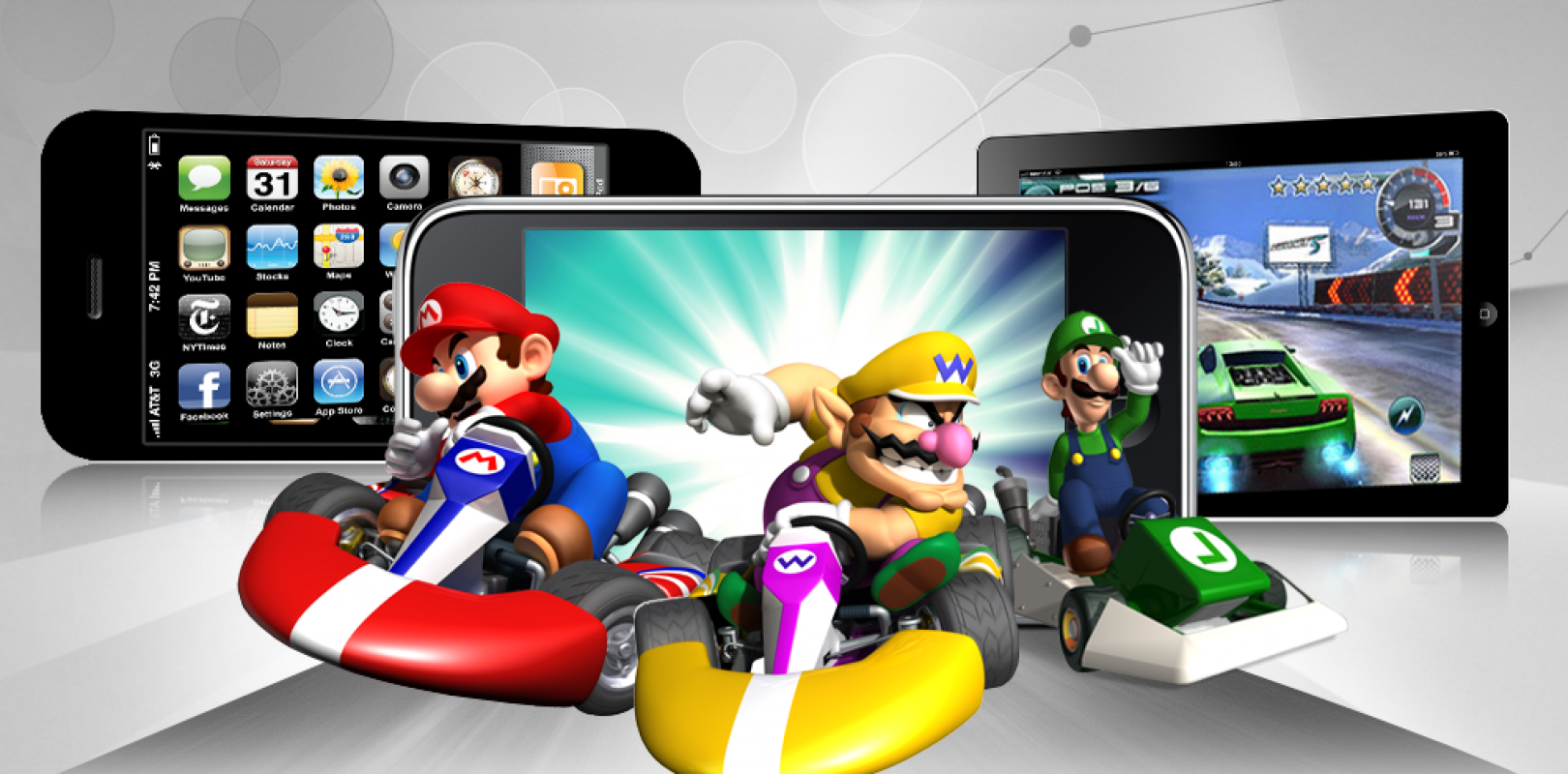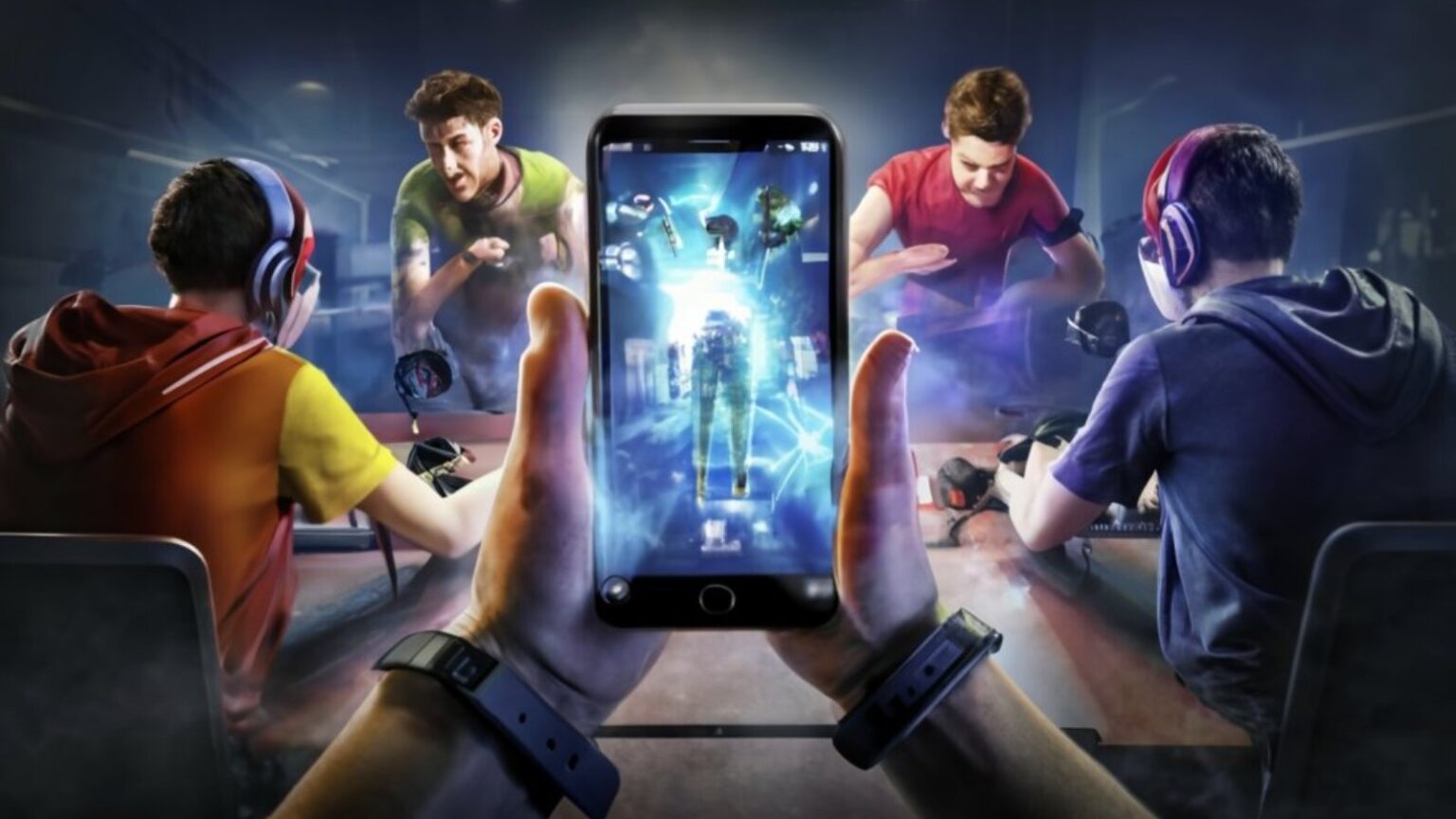The mobile gaming industry has evolved rapidly over the past decade, transforming from simple games like “Snake” on Nokia phones to complex, graphically-rich experiences that rival traditional console and PC games. As we look to the future, the mobile gaming market is poised for even more significant changes, driven by technological advancements, shifting consumer preferences, and new monetization strategies. This article explores the key trends and predictions for the future of the mobile gaming industry.
1. Continued Growth and Market Expansion
The mobile gaming market has already established itself as a dominant force in the global gaming industry. According to recent reports, the mobile gaming sector is expected to continue its growth trajectory, reaching a market value of over $200 billion by 2025. This expansion will be driven by increasing smartphone penetration, particularly in emerging markets, where mobile devices are often the primary platform for gaming.
As more people gain access to affordable smartphones and internet connectivity, the mobile gaming audience will expand, bringing in millions of new players. This growth will also be supported by the increasing availability of high-quality games that cater to a wide range of demographics, from casual gamers to hardcore enthusiasts.
2. The Rise of Cloud Gaming
Cloud gaming is set to revolutionize the mobile gaming industry by allowing players to stream high-quality games directly to their devices without the need for powerful hardware. With cloud gaming, the processing power required to run complex games is handled by remote servers, enabling even low-end smartphones to run graphically-intensive titles.
Services like Google Stadia, NVIDIA GeForce Now, and Microsoft’s xCloud have already begun to make cloud gaming a reality, and their adoption is expected to grow in the coming years. As 5G networks become more widespread, the reduced latency and increased bandwidth will further enhance the cloud gaming experience, making it a viable option for mobile gamers worldwide.
3. Integration of Augmented Reality (AR) and Virtual Reality (VR)
The integration of AR and VR technologies into mobile gaming is another exciting development on the horizon. Games like “Pokémon GO” have already demonstrated the potential of AR, blending the virtual and real worlds to create immersive gaming experiences. As AR technology continues to improve, we can expect more mobile games to incorporate location-based gameplay, object recognition, and other AR features.
Similarly, while VR has traditionally been associated with high-end gaming setups, advances in mobile VR headsets and software could bring immersive VR experiences to smartphones. This could open up new possibilities for mobile gaming, from VR social spaces to fully immersive mobile games that offer a console-like experience.
4. Hyper-Casual Games and the Evolution of Game Genres
Hyper-casual games, characterized by their simple mechanics and easy-to-understand gameplay, have gained immense popularity in recent years. These games are designed to be played in short bursts and often rely on ad-based monetization models. As the mobile gaming market continues to grow, hyper-casual games are expected to remain a significant part of the industry, appealing to a broad audience of casual gamers.
However, the evolution of game genres on mobile platforms is not limited to hyper-casual titles. We are likely to see a diversification of genres, with more complex and niche games gaining traction. Role-playing games (RPGs), strategy games, and multiplayer online battle arena (MOBA) games have already seen success on mobile, and this trend is expected to continue as developers experiment with new gameplay mechanics and narratives.

5. Esports and Competitive Mobile Gaming
Esports has become a global phenomenon, with millions of viewers tuning in to watch professional gamers compete in tournaments for games like “League of Legends,” “Dota 2,” and “Counter-Strike.” While these games have traditionally been played on PCs, mobile esports is emerging as a significant force in the industry.
Games like “PUBG Mobile,” “Garena Free Fire,” and “Mobile Legends” have already established thriving competitive scenes, with tournaments offering substantial prize pools and attracting large audiences. As mobile hardware continues to improve, allowing for smoother and more responsive gameplay, the popularity of mobile esports is expected to grow. This will create new opportunities for developers, sponsors, and content creators in the mobile gaming ecosystem.
6. Advancements in Artificial Intelligence (AI) and Machine Learning
Artificial Intelligence (AI) and machine learning are set to play a crucial role in the future of mobile gaming. AI can enhance various aspects of mobile games, from improving in-game character behaviour to personalizing the gaming experience for individual players. For example, AI-driven analytics can be used to tailor game difficulty, recommend in-game purchases, and even predict player behaviour to optimize retention.
Machine learning algorithms can also help developers identify and prevent cheating in multiplayer games, ensuring a fair and enjoyable experience for all players. Additionally, AI-powered tools can streamline the game development process, allowing developers to create more sophisticated games with smaller teams and shorter development cycles.
7. Cross-Platform Play and Game Portability
The future of mobile gaming will likely see increased integration with other gaming platforms, allowing for seamless cross-platform play. This means that players will be able to start a game on their smartphone and continue playing on their console or PC without losing progress. Games like “Fortnite” and “Genshin Impact” have already implemented cross-platform play, and this trend is expected to become more widespread.
Game portability will also become a key feature, with developers focusing on creating games that can be played on multiple devices. As cloud gaming becomes more prevalent, players will be able to access their game libraries from any device with an internet connection, further blurring the lines between mobile, console, and PC gaming.
Differences Between Mobile Gaming and Traditional Gaming: A Comprehensive Analysis
8. Monetization Strategies: Beyond In-App Purchases
In-app purchases (IAPs) and ads have been the primary monetization strategies for mobile games for many years. However, the future of mobile gaming will likely see the emergence of new monetization models that go beyond these traditional methods. One such model is the subscription-based service, where players pay a monthly fee for access to a library of games. Apple’s Apple Arcade and Google’s Google Play Pass are early examples of this trend.
Additionally, the rise of blockchain technology and non-fungible tokens (NFTs) could introduce new ways for players to buy, sell, and trade in-game assets. These decentralized marketplaces could create new revenue streams for developers while giving players more control over their in-game purchases.
9. Impact of 5G on Mobile Gaming
The rollout of 5G networks is set to have a transformative impact on the mobile gaming industry. With significantly faster download speeds and reduced latency, 5G will enable a new level of connectivity for mobile gamers. This will be particularly important for multiplayer games, where a stable and fast connection is essential for a smooth gaming experience.
5G will also support the growth of cloud gaming, as it will allow players to stream high-quality games without the need for Wi-Fi. Moreover, the increased bandwidth offered by 5G will enable more complex and data-intensive games to be played on mobile devices, further closing the gap between mobile and console/PC gaming.
10. Increased Focus on Social and Interactive Features
Social interaction has always been a key component of gaming, and this is especially true for mobile games. The future of mobile gaming will likely see an increased focus on social and interactive features, allowing players to connect with friends and other gamers more easily. This could include features like in-game chat, social media integration, and the ability to form or join gaming communities within the game.
Developers may also experiment with interactive features that allow players to influence the game world in real time. For example, live events and community-driven content could become more common, creating dynamic and ever-evolving game environments that keep players engaged over the long term.

11. The Role of Indie Developers and Innovation
Indie developers have played a significant role in the growth of the mobile gaming industry, often pushing the boundaries of creativity and innovation. As the mobile gaming market continues to evolve, indie developers are expected to remain at the forefront of this innovation, creating unique and experimental games that challenge traditional gaming conventions.
With the increasing availability of game development tools and platforms, indie developers will have more opportunities to bring their ideas to life and reach a global audience. This democratization of game development will lead to a more diverse range of games, catering to niche audiences and offering fresh experiences that might not be found in mainstream titles.
12. Sustainability and Ethical Considerations
As the mobile gaming industry continues to grow, sustainability and ethical considerations will become increasingly important. Developers and publishers will need to address issues such as data privacy, fair labour practices, and the environmental impact of game production. Additionally, the industry will face growing scrutiny over the use of microtransactions, particularly in games aimed at younger audiences.
In response to these concerns, we may see a shift towards more transparent and ethical monetization practices, as well as a greater emphasis on corporate social responsibility within the industry. This could include initiatives to reduce the carbon footprint of game development, promote diversity and inclusion, and ensure that games are designed with player well-being in mind.
13. Localization and Globalization of Mobile Games
As the mobile gaming market expands globally, localization will become a crucial factor in the success of mobile games. Developers will need to tailor their games to meet the cultural, linguistic, and regulatory requirements of different regions. This includes not only translating the game into multiple languages but also adapting gameplay mechanics, art styles, and narratives to resonate with local audiences.
At the same time, the globalization of mobile games will create opportunities for cross-cultural exchange and collaboration. We can expect to see more partnerships between developers from different countries, leading to the creation of games that blend diverse cultural influences and appeal to a global audience.
14. The Impact of Artificial Intelligence on Game Design and Development
Artificial intelligence (AI) is set to play an increasingly important role in the design and development of mobile games. AI can be used to create more realistic and dynamic game worlds, where non-player characters (NPCs) exhibit lifelike behavior and adapt to the player’s actions. This could lead to more immersive and engaging gaming experiences that keep players coming back for more.
AI can also streamline the game development process by automating tasks such as level design, character animation, and playtesting. This will allow developers to create more complex and polished games with smaller teams and shorter development cycles. Additionally, AI-driven analytics can help developers understand player behaviour and preferences, enabling them to make data-driven decisions that enhance the player experience.
15. The Future of Mobile Gaming Hardware
As mobile games become more sophisticated, the demand for powerful and versatile gaming hardware will grow. In the coming years, we can expect to see advancements in mobile gaming hardware that enhance the gaming experience, from more powerful processors and graphics chips to high-refresh-rate displays and improved battery life.

Mobile accessories, such as gaming controllers, VR headsets, and portable power banks, will also play a crucial role in the future of mobile gaming. These accessories will allow players to customize their gaming setup and enjoy a more immersive and comfortable experience, whether they’re playing at home or on the go.
16. The Future of Mobile Gaming: A World of Possibilities
The future of the mobile gaming market is bright, with countless possibilities for innovation and growth. As technology continues to advance and the gaming industry evolves, mobile gaming will remain a dynamic and exciting space, offering new experiences for players and opportunities for developers.
Whether it’s through the integration of AR and VR, the rise of cloud gaming, or the continued growth of mobile esports, the mobile gaming market is set to undergo significant changes in the coming years. As these trends unfold, one thing is certain: mobile gaming will continue to be a driving force in the global gaming industry, shaping the future of how we play and interact with games.
The mobile gaming market is on the cusp of a new era, driven by technological advancements, changing consumer behaviours, and innovative monetization strategies. From the rise of cloud gaming and the integration of AR and VR to the growing importance of AI and the impact of 5G, the future of mobile gaming is filled with exciting possibilities. As the industry continues to evolve, developers and players alike will need to adapt to these changes, embracing new technologies and exploring new ways to create and enjoy mobile games. The future of mobile gaming is not just about more powerful hardware or better graphics; it’s about creating more immersive, interactive, and engaging experiences that push the boundaries of what’s possible on a mobile device.




